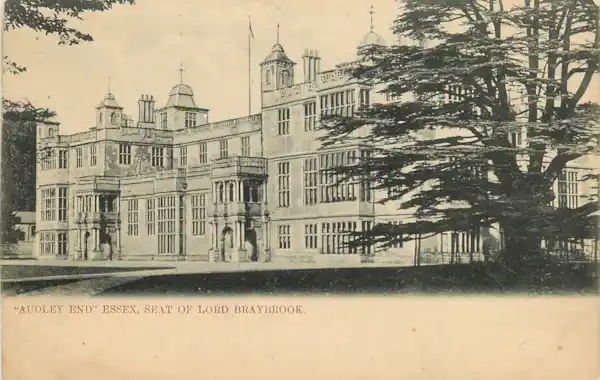Tracing ancestors who worked as gentleman's servants can be a challenge, but they can offer a richness of information about their lives through a variety of sources. Virginia Silvester shares some expert tips.
What was a gentleman’s servant?
Think of the TV series Downton Abbey as an example of a household where the servants regarded themselves as gentleman’s servants. These households typically employed numerous different servants in a hierarchical structure offering career progression – page boy to footman to butler, kitchen maid to cook, nursemaid to lady’s maid and so on. There were distinctions between outdoor and indoor servants, and the inner servants were further divided between lower and upper servants. A young servant who aspired to move up the career ladder would generally change employers several times during their working life.
Find the location
It can be really rewarding to visit the country houses where our ancestors were servants. Many are tourist attractions open to the public or have been converted into hotels or luxury flats. Organisations like English Heritage and the National Trust often emphasise the role of servants in running these big houses. You may even be lucky enough to find their photographs on display. Guidebooks and websites add greater depth.
The guide to Audley End includes a contemporary drawing of a grand dinner in the Great Hall served by footmen, at a time when my ancestors were footmen there, and the website has histories of servants there in the 1880s.
Even where the house no longer exists, there can be information about what it was like. In London, Google Street View is a great resource for looking at town houses and mews. The court section of old directories is a good way to find out which other houses a family occupied.
Search the archives
Try exploring what records exist for the families your ancestors worked for. Estate or household accounts can include names and payments, and there can be real nuggets of detail. Examples include:
- Essex Record Office holds records for Audley End. These include a receipt book for the wages paid half-yearly to each servant during the 1850s and a kitchen consumption book which shows how many of the family, their guests and the servants needed to be fed from the kitchens. The household account books contain, for example, entries for expenses outlaid by the footmen when travelling and the costs of occasional treats for the servants – music for a servants’ ball in January, a trip to the theatre for 24 of them in June.
- Among the Cornwallis papers (deposited in the National Archives with papers related to the family’s official positions) are household accounts for 1820-22. These include board wages paid to servants and the expenses they incurred travelling between London and the country house at Culford, Suffolk, such as stagecoach fares, porterage for luggage and tips en route to coachmen, chambermaids and waiters.
Searching Discovery on the National Archives’ website is a good starting point to locate these kinds of records, using the family name. Some collections may have a catalogue in the National Register of Archives, making it easier to identify items of interest.
Virginia Silvester has been researching her family history for more than 55 years. She loves immersing herself in old documents as a way to understand the past and travel back in time. Her aim is to bring to life the fascinating characters she finds by telling their stories.
Text extracted from an in-depth article on tracing gentleman's servants in the January 2023 issue of Family Tree. Get your copy here.








